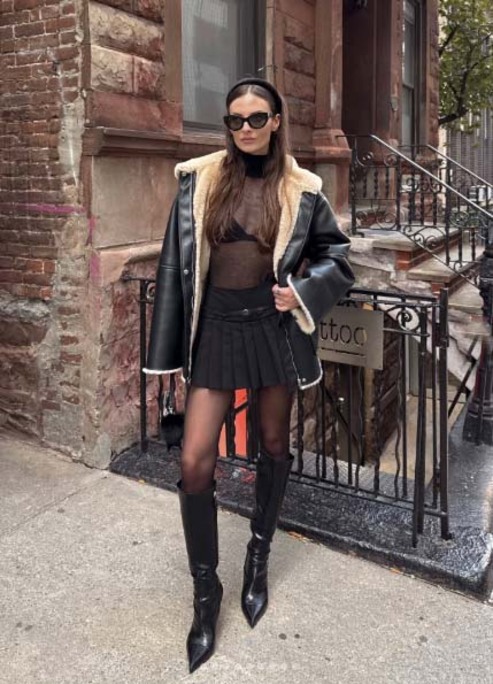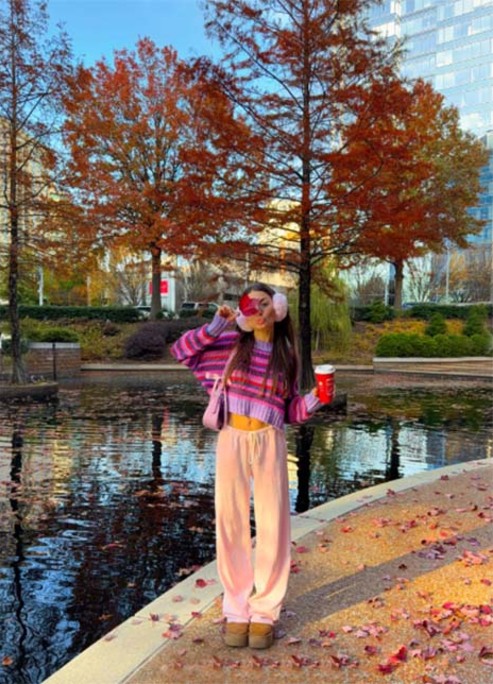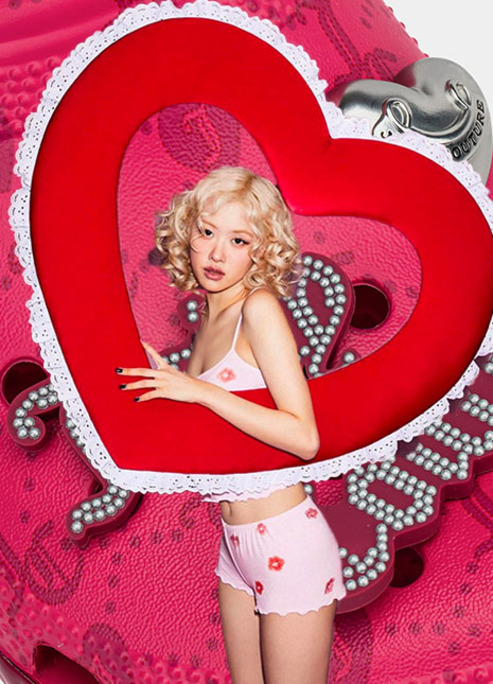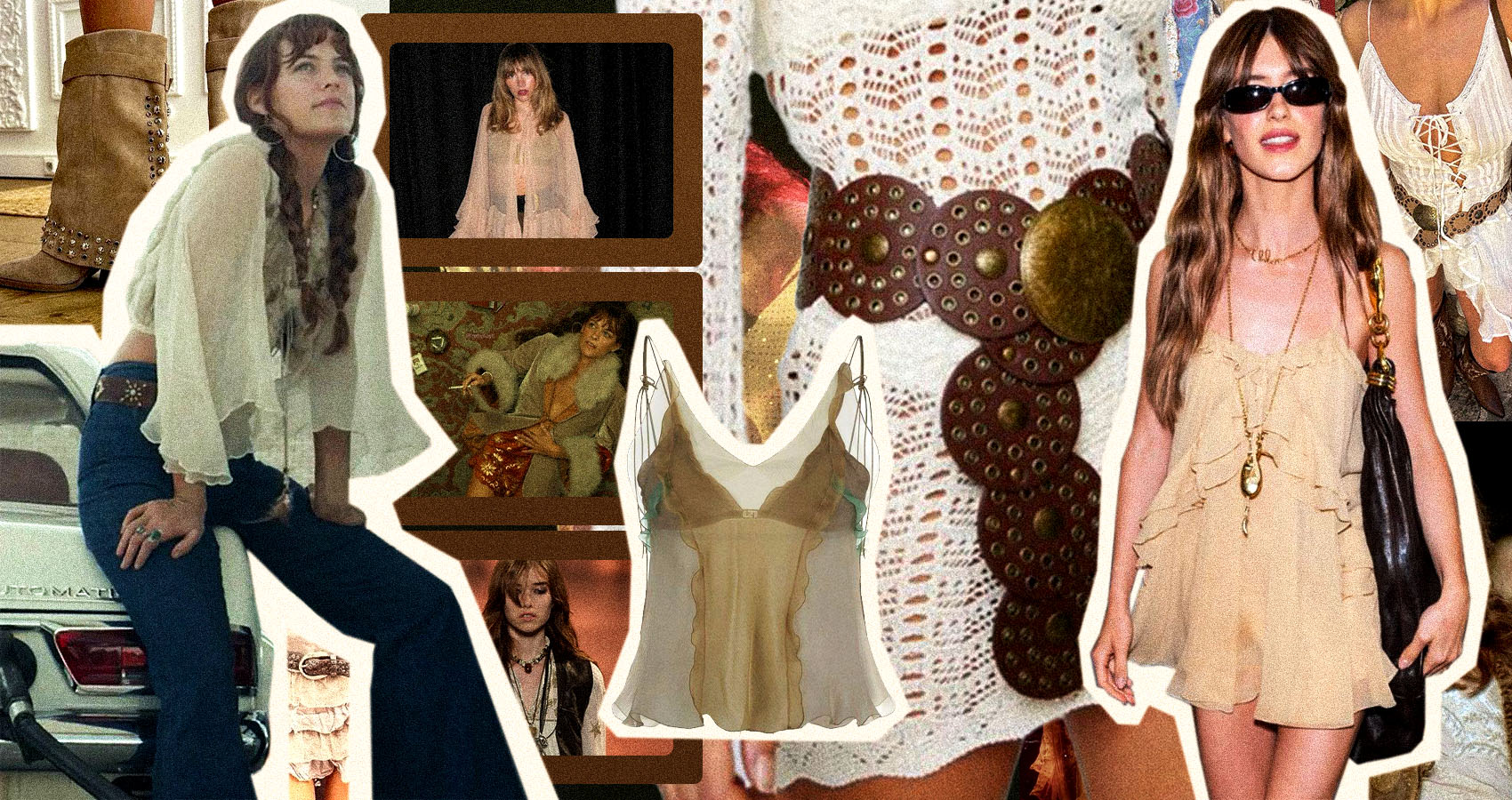
Boho Chic Revival: Maximalism, Sustainability, and the Return of Flowing Fabrics
Boho chic returns with a modern twist, blending sustainability and self-expression.
Maximalism has been on the rise for quite some time, bringing with it a revival of aesthetics that align with its "more is more" philosophy. This movement, characterized by its celebration of excess and self-expression, has paved the way for the resurgence of boho chic.
A Perfect Match
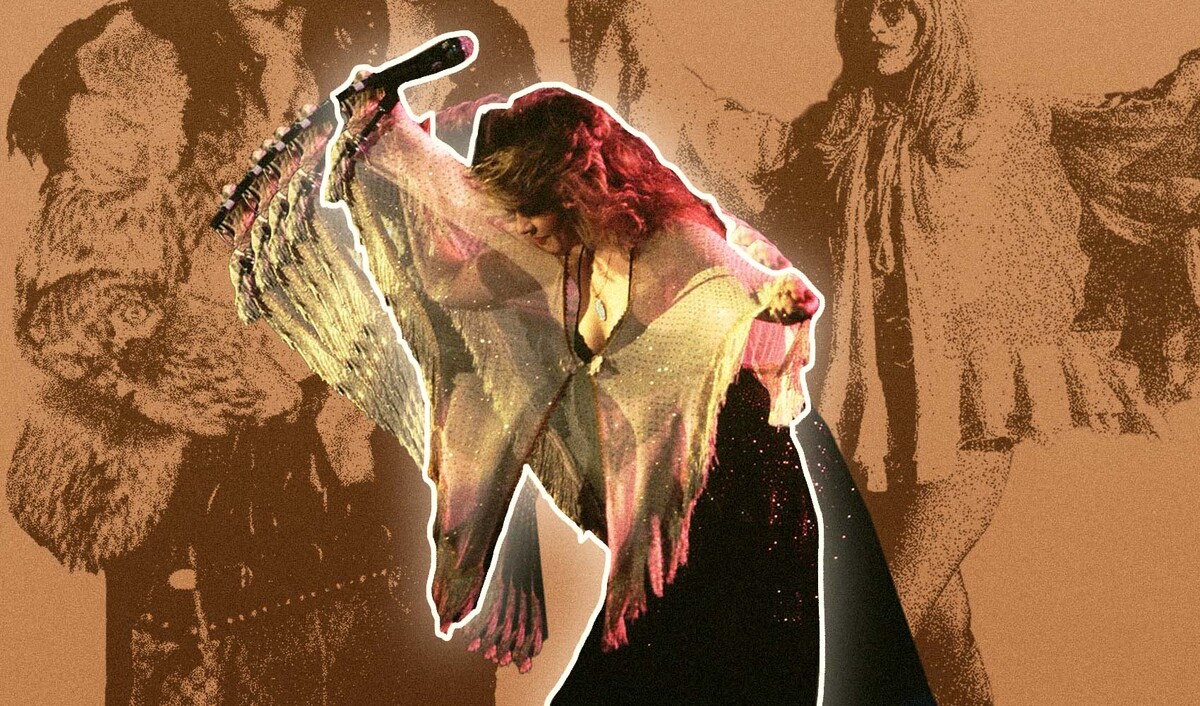
At its core, maximalism is about embracing creativity and individuality without limits. The mixing of textures, patterns and colors to create bold, expressive outfits aligns with the philosophy of boho chic.
As people move away from the uniformity of minimalism, it is natural to be drawn to aesthetics that allow for more personal expression and creativity. The flowing dresses, embroidered jackets and layered jewelry of boho chic offer an antidote to the structured simplicity that has defined fashion in previous years.
A Complex History
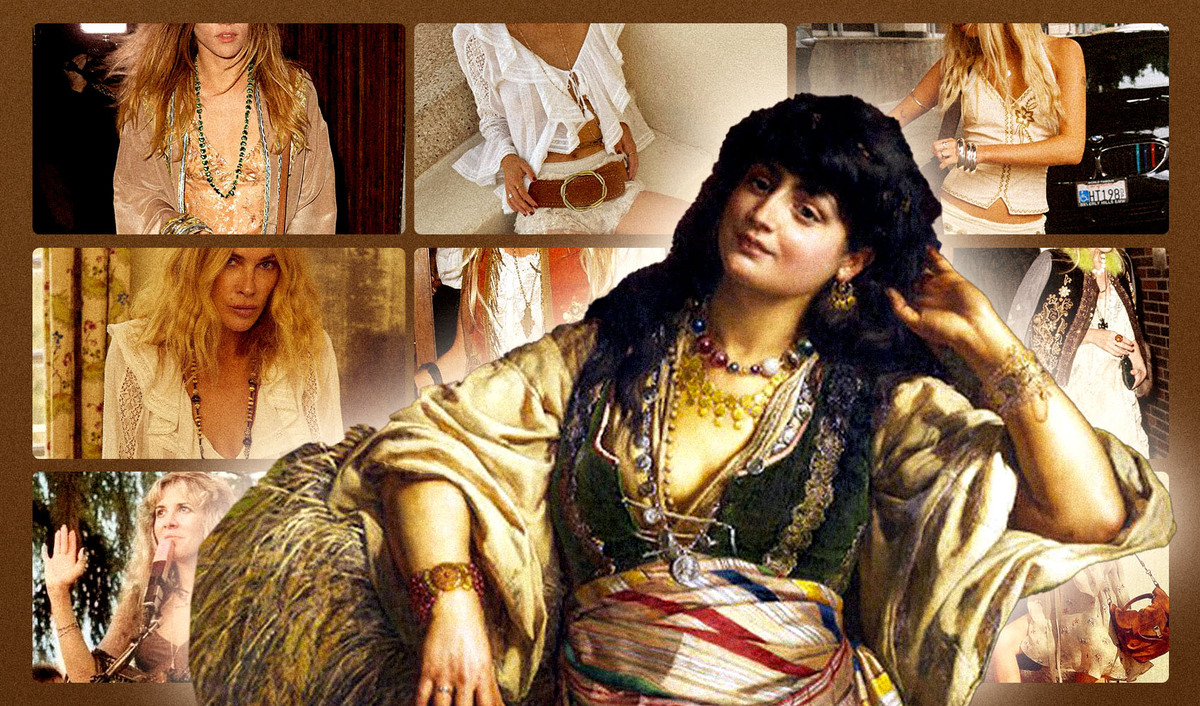
However, the history of boho chic is not without controversy. While its aesthetic draws on the romanticized ideals of freedom and creativity, many of its elements have roots in cultures around the world.
Embroidery, prints and silhouettes that are often associated with boho chic actually originate from diverse regions, including Indigenous, South Asian and Middle Eastern cultures. Unfortunately, the mainstream adoption of this aesthetic has often stripped these elements of their cultural significance, turning them into commodified trends that don’t acknowledge their origins.
Moving forward, this revival of boho chic offers an opportunity for designers, brands and consumers to engage with its influences more thoughtfully. By embracing its artistry and individuality, it is important to also acknowledge the traditions and influences that shape it, fostering a more respectful and collaborative approach as a result.
A Sign of the Times
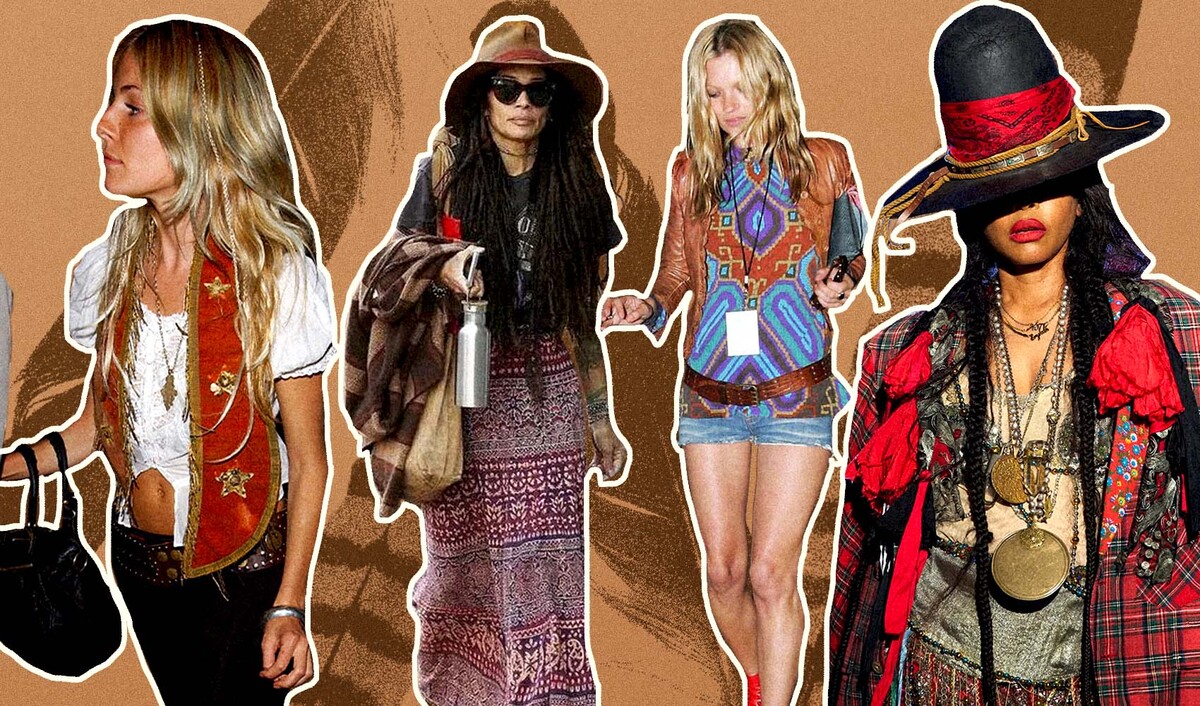
Boho chic itself is no stranger to the spotlight, gaining its height in the early 2000s thanks to style icons like Sienna Miller, Lisa Bonet, Erykah Badu and Kate Moss. Think tiered maxi skirts, oversized belts and floppy hats. This era of boho chic had an effortlessly laid-back vibe that dominated street style and red carpets alike.
Today, however, its revival feels fresh and reimagined to align with the cultural and social shifts of our time.
Fashion trends often mirror what is going on in society and this boho chic comeback is no exception. The aesthetic reflects the growing trend of underconsumption core as it encourages consumers to shop second-hand and reimagine pre-loved items etc. Boho chic naturally complements underconsumption ethos with its sustainable approach to fashion.
A New Chapter
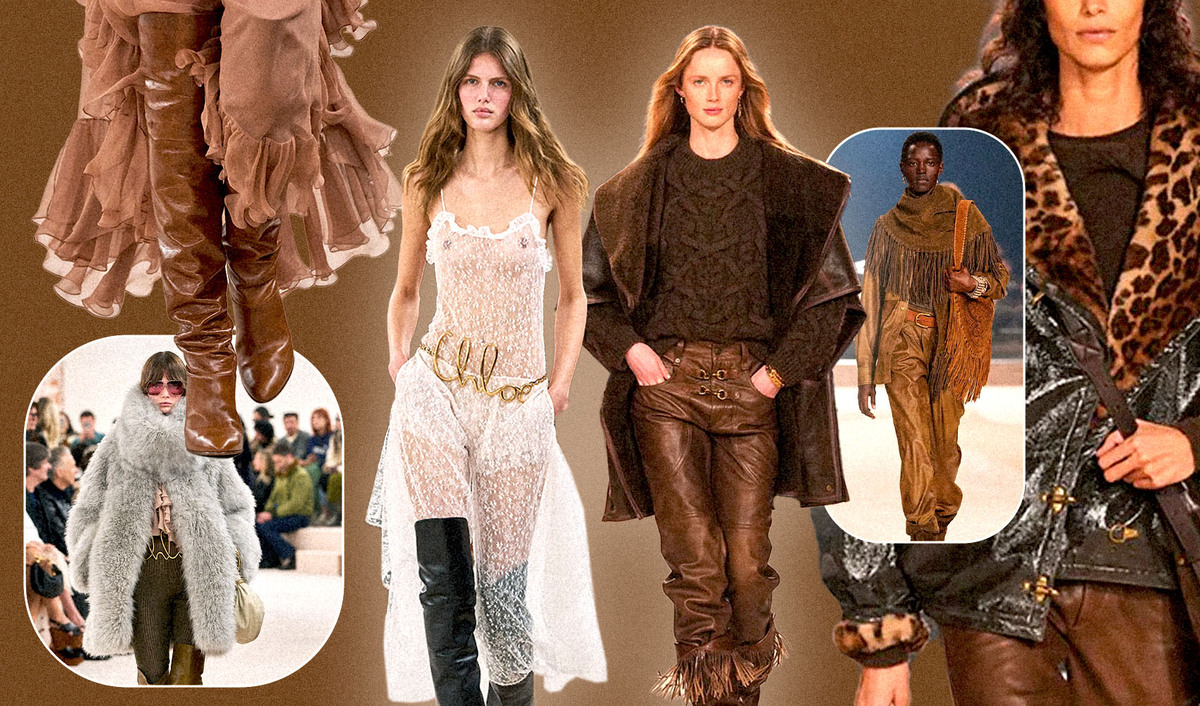
While boho chic in its modern form is still rooted in its recognizable earthy tones and romantic silhouettes, it has evolved into something much more polished and intentional. Designers like Chloé and Isabel Marant have been influential in redefining this aesthetic, giving it a contemporary twist that feels both luxurious and relevant.
Chloé’s Autumn/Winter collection, for example, moves away from the gritty, festival-worn boho of the early 2000s. Forget paisley cotton and chunky bangles as these pieces are much softer and refined. Meanwhile, Isabel Marant blends earthy tones and flowing silhouettes with modern tailoring and understated accessories.
This new era of boho chic is less about nostalgia and more about evolution. It embraces the artistry, individuality and sustainability that define modern fashion, proving that boho chic isn’t just back, it’s here to stay.



